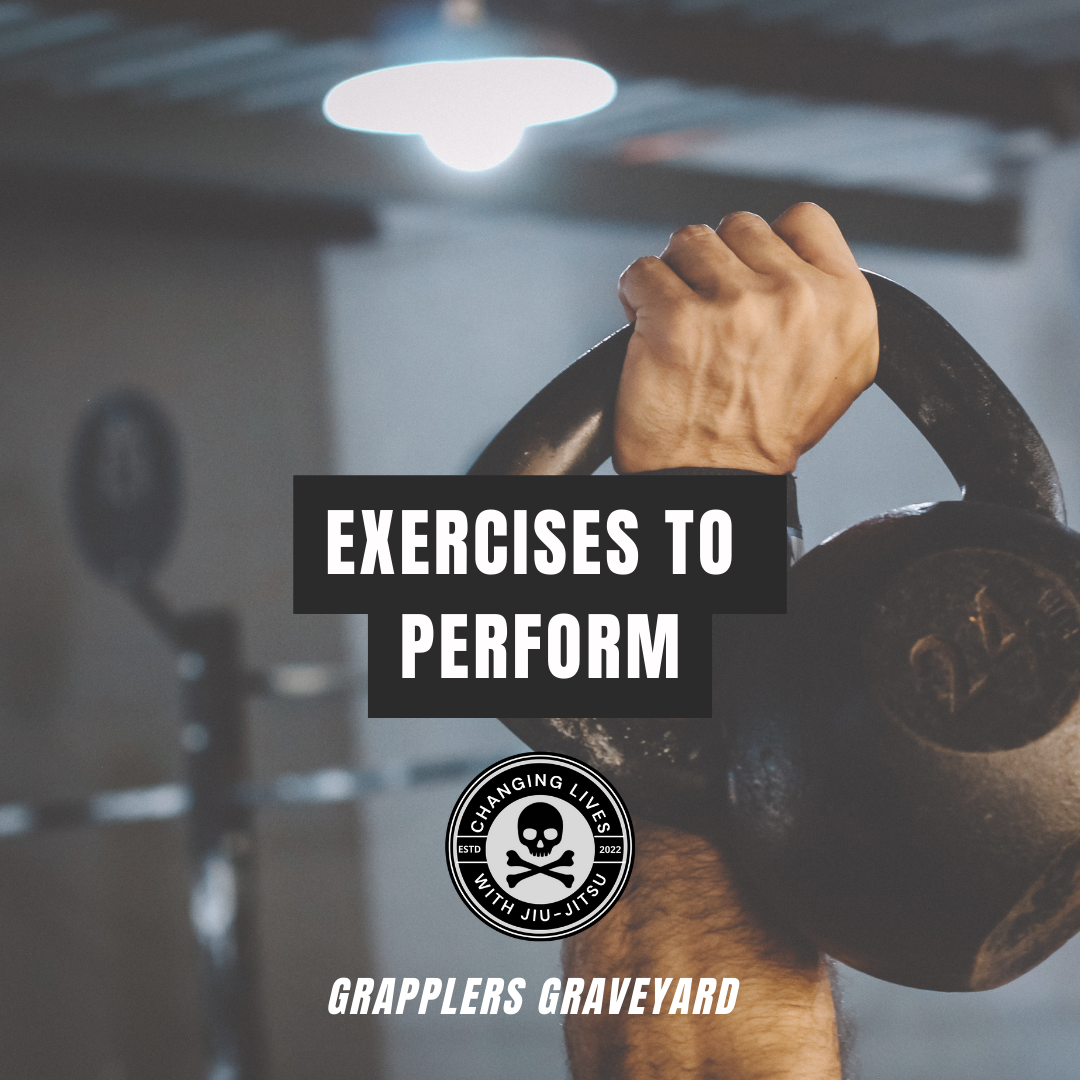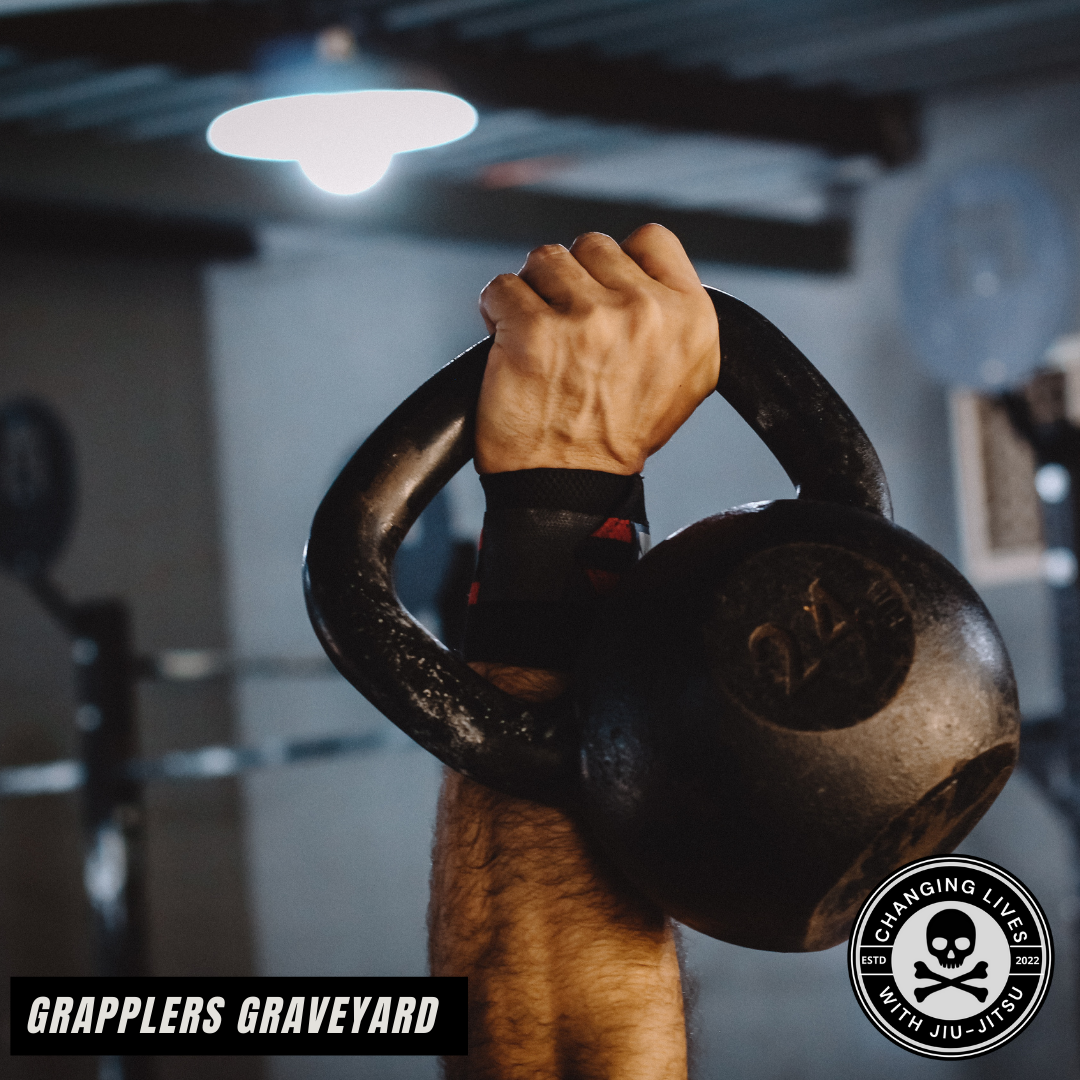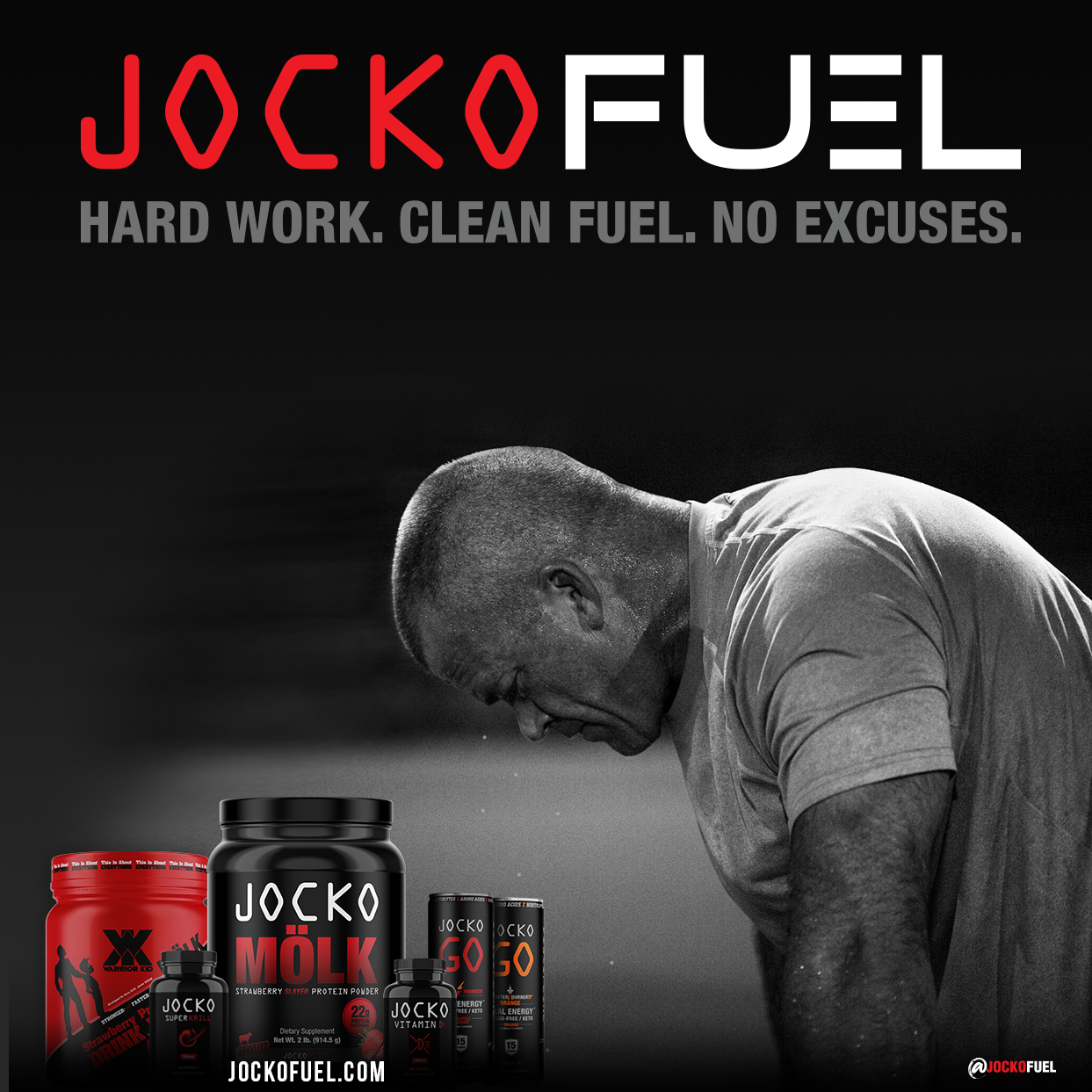Table of Contents

The kettlebell squat is a staple exercise, known for its strength and muscle mass-building benefits. This movement pattern of kettlebell movements is one of the best lower body exercises you can perform!
Kettlebell squats have a variety of variations that cater to different goals and lower body muscles. Incorporate these movements into all of your leg workouts and watch as the results start pouring in!

Benefits of using kettlebells for squats
Squat variations are amazing for gaining a wide plethora of benefits regardless of the equipment you use, whether you use a barbell, dumbbells, or kettlebells, squats are your go-to exercise for building a solid pair of legs!
Squats are great for building muscle in your quads, calves, gluteus Maximus and also your hamstrings to some extent.
Squatting with heavier weight will allow you to build unmatched strength throughout your body as the movement pattern makes squat variations a compound exercise. This exercise is also excellent for building strength in your core muscles and stabilizers!
However, kettlebell squats do have some added benefits over barbells and dumbells, such as added stability because of the shape of the kettlebells, as a result of this, you might be able to squat deeper and increase your mobility.
Squatting deeper means creating a better stretch which allows for your quads to be biased and targeted better in the exercise.
What muscles do kettlebell squats work?
Kettlebell squats variations are compound exercises meaning they are a full body workout, however, kettlebell squats mainly target your core, hamstrings, glutes, quads, calves, and lower back muscles.
This makes kettlebell squat variations versatile and time efficient because so many muscle groups are trained simultaneously to a solid extent, you do not need to perform dozens of different exercises to train your whole body.
Rather a 5-6 exercise kettlebell workout is more than enough to train your entire body if performed with good intensity and a challenging weight!
How Much Weight to Use for Kettlebell Squats
More often than not people assume that 5 or 10-lb kettlebells are good enough for a beginner kettlebell workout.
However, this is not at all the case if you go too light you are simply wasting your time going through the movements. If you go too heavy, you risk getting injured as you sacrifice form.
It is very important to challenge yourself safely; to do so you must pick a decent weight to work out with. The sweet spot for most kettlebell squat variations for most women is 10-25-lb kettlebells; for men, it’s 25-45 lbs.
Anything under this, and you probably won’t break a sweat using them and you’ll just be doing the movements with no real benefits.
The right size for you may also depend on your age, weight, and fitness experience. However, it should be noted that if you choose the right size for you, you will gain all the benefits most quickly and efficiently, that too with the lowest risk of injury.
Finding the best kettlebells for home workouts has never been easier. Make this year the year you increase muscle mass and your strength!
Proper Form for Kettlebell Squats
Maintaining proper form is essential to making sure you perform the perfect squat in the most efficient manner and making sure you stay injury free throughout your fitness journey and achieve the best results!
For kettlebell squats, the technique is quite simple and easy to follow. Your starting position should be with your feet shoulder-width apart or hip-width apart.
With just one or two kettlebells in hand in either the racked position/front racked position or in the goblet squat position by keeping the weight in front of your chest.
After which you squat straight down keeping your core braced, going as deep as comfortably possible until you feel a stretch in your quads, after which you go straight back up in an explosive manner and repeat. Make sure to keep your back straight and spine neutral for the perfect squat.

6 Squat Exercises with Kettlebells
Kettlebell Sumo Squat
The kettlebell sumo squat is a great exercise that targets your lower body, especially your quads, and glutes. It involves holding a kettlebell with both hands, standing with your feet wider than shoulder-width apart, and squatting down while keeping your back straight. It’s a powerful move to strengthen and tone your legs.
Muscles Worked:
-
Glutes
-
Posterior Chain
-
Quads
-
Core
-
Calves
-
Hamstrings
Common Mistakes:
Common mistakes for kettlebell sumo squats include going too heavy too quickly, using a kettlebell weight that is not challenging, leaning forward too much, and allowing your lower back to bend when squatting.
Kettlebell Goblet Squat
The Goblet squat is one of the best and is known for its versatility to hit all parts of your legs including the glutes, quads, hamstrings as well as calves. The beauty of goblet squats is that they are also a core exercise and you easily progressively overload them over time.
The kettlebell goblet squat, like others, has quite a simple technique that most can easily follow. You start with your feet slightly apart shoulder width with the kettlebell held at chest height and elbows tucked into your stomach.
The next step is to brace with your core and squat straight down as deep as comfortably possible. The goal is to feel a good stretch on your quads and glutes before standing up in an explosive manner.
Muscles Worked:
-
Quads
-
Posterior Chain
-
Core
-
Calves
-
Hamstrings
-
Glutes
Common Mistakes:
Improper Squat Depth: Squatting as deep as comfortably possible is key to putting tension on the quads
Rounding lower back: Keeping your back straight and spine neutral is essential to avoid any injuries and to make sure the load is on your legs.
Leaning too far forward: Leaning forward might be a sign that the weight you are using is too heavy, this takes tension off of your legs and puts it onto your lower back.
Kettlebell Front Squat
The kettlebell front squat is a fantastic exercise for building strength and stability in your lower body. It involves holding a kettlebell at chest level with both hands, keeping your elbows up, and squatting down while maintaining a straight back.
This move targets your quads, glutes, and core. The benefits include improved leg strength, enhanced balance, and increased overall functional fitness.
Muscles Worked:
-
Quads
-
Posterior Chain
-
Core Muscles
-
Calves
-
Hamstrings
-
Glutes
Common Mistakes:
Improper Squat Depth: Squatting as deep as comfortably possible is key to putting tension on the quads
Rounding lower back: Keeping your back straight and spine neutral is essential to avoid any injuries and to make sure the load is on your legs.
Leaning too far forward: Leaning forward might be a sign that the weight you are using is too heavy, this takes tension off of your legs and puts it onto your lower back.
Elbows Dropping: If your elbows drop, you risk removing stability from the rising part of the squat.
Double Front-Racked Kettlebell Squat
The kettlebell racked position squat is a great complete lower body exercise that targets your core, hamstrings, inner thighs, glutes, quads, calves, and lower back muscles.
Start in a standing position, holding a kettlebell in each hand from the top of its handle, such that the bottom part rests on your forearms and in front of your shoulders.
With your core muscles engaged, go straight down into a squat position as deep as comfortably possible, keeping a solid focus on the stretch and mind-muscle connection. After this, explode straight up into your initial starting position and repeat for 12-15 reps for a few sets.
Muscles Worked:
-
Quads
-
Forearms and Wrist muscles
-
Posterior Chain
-
Core
-
Calves
-
Hamstrings
Common Mistakes:
Improper Squat Depth: Squatting as deep as comfortably possible is key to putting tension on the quads
Rounding lower back: Keeping your back straight and spine neutral is essential to avoid any injuries and to make sure the load is on your legs.
Leaning too far forward: Leaning forward might be a sign that the weight you are using is too heavy, this takes tension off of your legs and puts it onto your lower back.
Going too heavy too quickly: Using too much weight will make you sacrifice your form which could lead to injuries
Kettlebell Overhead Squats
The kettlebell overhead squat is an advanced exercise that requires strength, stability, and mobility. It involves holding a kettlebell overhead with one hand while squatting down.
This move challenges your core, shoulders, and legs. It’s important to focus on maintaining a straight back and keeping the kettlebell stable overhead throughout the movement.
Muscles Worked:
-
Quads
-
Glutes
-
Posterior Chain
-
Core
-
Calves
-
Hamstrings
Common Mistakes:
Improper Squat Depth: Squatting as deep as comfortably possible is key to putting tension on the quads
Rounding lower back: Keeping your back straight and spine neutral is essential to avoid any injuries and to make sure the load is on your legs.
Leaning too far forward: Leaning forward might be a sign that the weight you are using is too heavy, this takes tension off of your legs and puts it onto your lower back.
Going too heavy too quickly: Using too much weight will make you sacrifice your form which could lead to injuries
Kettlebell Thruster or Kettlebell Squat and Press
The kettlebell thruster is a dynamic and challenging exercise that combines a front squat with an overhead press. It involves holding a kettlebell at chest level, performing a squat, and then explosively driving the kettlebell overhead as you stand up.
Muscles Worked:
-
Shoulders
-
Quads
-
Glutes
-
Posterior Chain
-
Core
-
Calves
-
Hamstrings
Common Mistakes:
Improper Squat Depth: Squatting as deep as comfortably possible is key to putting tension on the quads
Going too heavy too quickly: Using too much weight will make you sacrifice your form which could lead to injuries
Finding the best kettlebells for home workouts has never been easier. Make this year the year you increase muscle mass and your strength!
Frequently Asked Questions
Do kettlebell squats build muscle?
Yes, kettlebell squats are great for building muscle as they allow your muscles to undergo muscle hypertrophy. Training hard with a challenging weight, getting the right nutrition with lots of protein, and prioritizing your recovery will allow you to build a beautiful lower body.
Can kettlebell squats replace barbell squats in my workout?
The squat movement is the pinnacle of leg exercises regardless of the equipment you use, even the bodyweight squat is an excellent exercise for building cardiovascular endurance, adding resistance using weights, machines, and equipment like a resistance band into the equation makes this movement even better!
Both the kettlebell squat and barbell squat are absolutely amazing exercises to build your lower body and posterior chain, however, one cannot replace the other. The reason for this is that both exercises have their own unique benefits if done properly.
The kettlebell squat works not just your muscles and strength but also challenges your mobility and flexibility making it better if your goal is to build explosive power in everyday tasks or explosive sports like combat sports or Crossfit.
On the other hand, the barbell squat is much better for building brute strength. The added stability from the barbell allows you to squat much heavier than you would with kettlebells, if your goal is powerlifting or strongman then you are much better off doing barbell squats.
Another advantage is that many gyms do not have heavy kettlebells but every gym has a barbell and enough weight to squat properly with heavy weight.
Overall both are amazing exercises that cannot replace one another, it is recommended to implement both into your regular workout routine.
Do I need to go heavy on kettlebell squats?
Kettlebell squat variations and kettlebell workouts are all compound movements, meaning multiple muscle groups are involved, this means that you are stronger in these exercises than you would be in isolating exercises where only one muscle group is trained. The significance of the kettlebell squat being a full-body exercise is that you can use heavier weights.
Using heavier weights for lower reps has many more benefits than using lighter weights for higher reps. Using heavier weights is much better for building strength and muscular endurance. Therefore it is highly recommended to use heavier weights on kettlebell squat variations to truly challenge yourself and train hard.
Without training hard and using lighter weight on compound exercises, you are missing out on a bunch of muscle and strength gains. Perform kettlebell squats with heavy weight with proper form in the 4-8 rep range for 3-4 sets and you will notice huge progress within no time!
How should I hold the kettlebell when squatting?
There are multiple different ways to hold the kettlebell while squatting, such as in the kettlebell rack squats, racked position, or goblet squat position where you hold the kettlebell in front of your chest. Both of these positions have their benefits in their respective exercises.
Keeping the kettlebell in the front rack squat position allows you to use heavier weights in the squat variations. As for the goblet squat position you can squat deeper which allows for tension in your quads. It is recommended that you hold the kettlebell in both positions to gain the benefits of both.
FUEL YOUR BODY. FOCUS YOUR MIND.
You show up every day, even when it's hard – because you know there's no shortcut. You're on The Path - a personal journey to get smarter, stronger, smarter, healthier – better. Nobody said it would be easy. One thing is certain: you need the right fuel.


